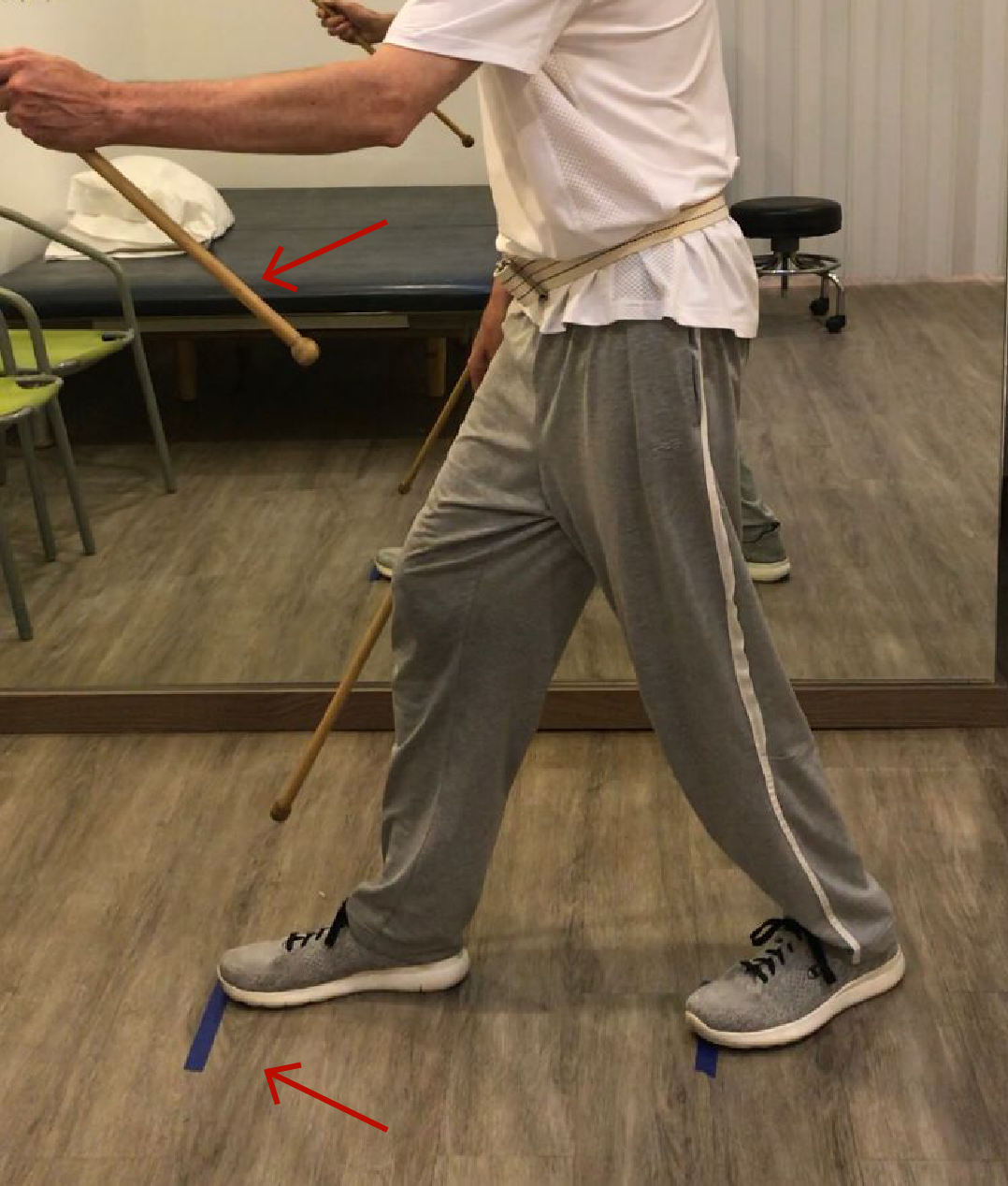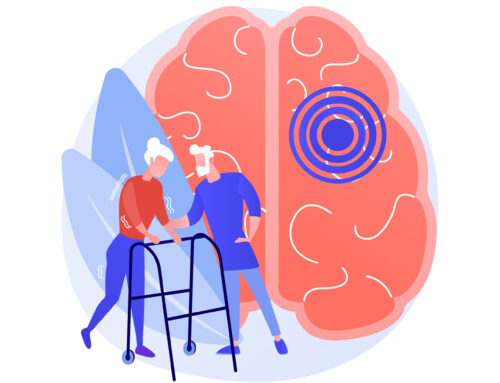Exercises for parkinson’s to improve coordination
Parkinson's is a disease that progressively affects the nervous system, altering the ability to move and producing other symptoms that affect the quality of life of those who suffer from it. Although a cure for this degenerative disease has not been discovered, there are alternatives that can accompany pharmacological treatment. Which help those who suffer from Parkinson's to lead a better life. Among these alternatives is the daily practice of a series of exercises to reduce part of the symptoms such as loss of coordination and dissociation.
Loss of coordination and dissociation
Coordination and dissociation are some of the functions that are affected with Parkinson's disease. Within rehabilitation it is important to use external visual and physical guides to help calibrate movements. It is also important that the patient be able to receive external feedback to improve patterning in the correct range of motion.

Exercises for parkinson's

Balance is another aspect that becomes problematic with the onset of the disease. Straight line walking can be practiced by drawing a line on the ground for the patient to walk along.

This exercise is very useful to reduce tremors and stimulate coordination. All that is needed is a tennis ball that the patient will throw against a wall and try to catch it.

To prevent the state of stiffness of joints and muscles from progressing, it is recommended to practice a series of stretches of the limbs and neck.

The patient should perform at least 5 deep inhalations and exhalations while lying on his back. Another series can also be done with the patient seated and the back straight.

With calm and relaxing music, the patient should lie down and concentrate his attention on each of the parts of his body starting with the feet and going up to the head.

These exercises are ideal to strengthen muscles and prevent accelerated loss of strength, there is a great variety. The selection will depend on the patient.
Parkinson's is a disease that progressively affects the nervous system, altering the ability to move and producing other symptoms that affect the quality of life of those who suffer from it. Although a cure for this degenerative disease has not been discovered, there are alternatives that can accompany pharmacological treatment. Which help those who suffer from Parkinson's to lead a better life. Among these alternatives is the daily practice of a series of exercises to reduce part of the symptoms such as loss of coordination and dissociation.
Loss of coordination and dissociation
Coordination and dissociation are some of the functions that are affected with Parkinson's disease. Within rehabilitation it is important to use external visual and physical guides to help calibrate movements. It is also important that the patient be able to receive external feedback to improve patterning in the correct range of motion.

Exercises for parkinson's

Balance is another aspect that becomes problematic with the onset of the disease. Straight line walking can be practiced by drawing a line on the ground for the patient to walk along.

This exercise is very useful to reduce tremors and stimulate coordination. All that is needed is a tennis ball that the patient will throw against a wall and try to catch it.

To prevent the state of stiffness of joints and muscles from progressing, it is recommended to practice a series of stretches of the limbs and neck.

The patient should perform at least 5 deep inhalations and exhalations while lying on his back. Another series can also be done with the patient seated and the back straight.

With calm and relaxing music, the patient should lie down and concentrate his attention on each of the parts of his body starting with the feet and going up to the head.

These exercises are ideal to strengthen muscles and prevent accelerated loss of strength, there is a great variety. The selection will depend on the patient.




